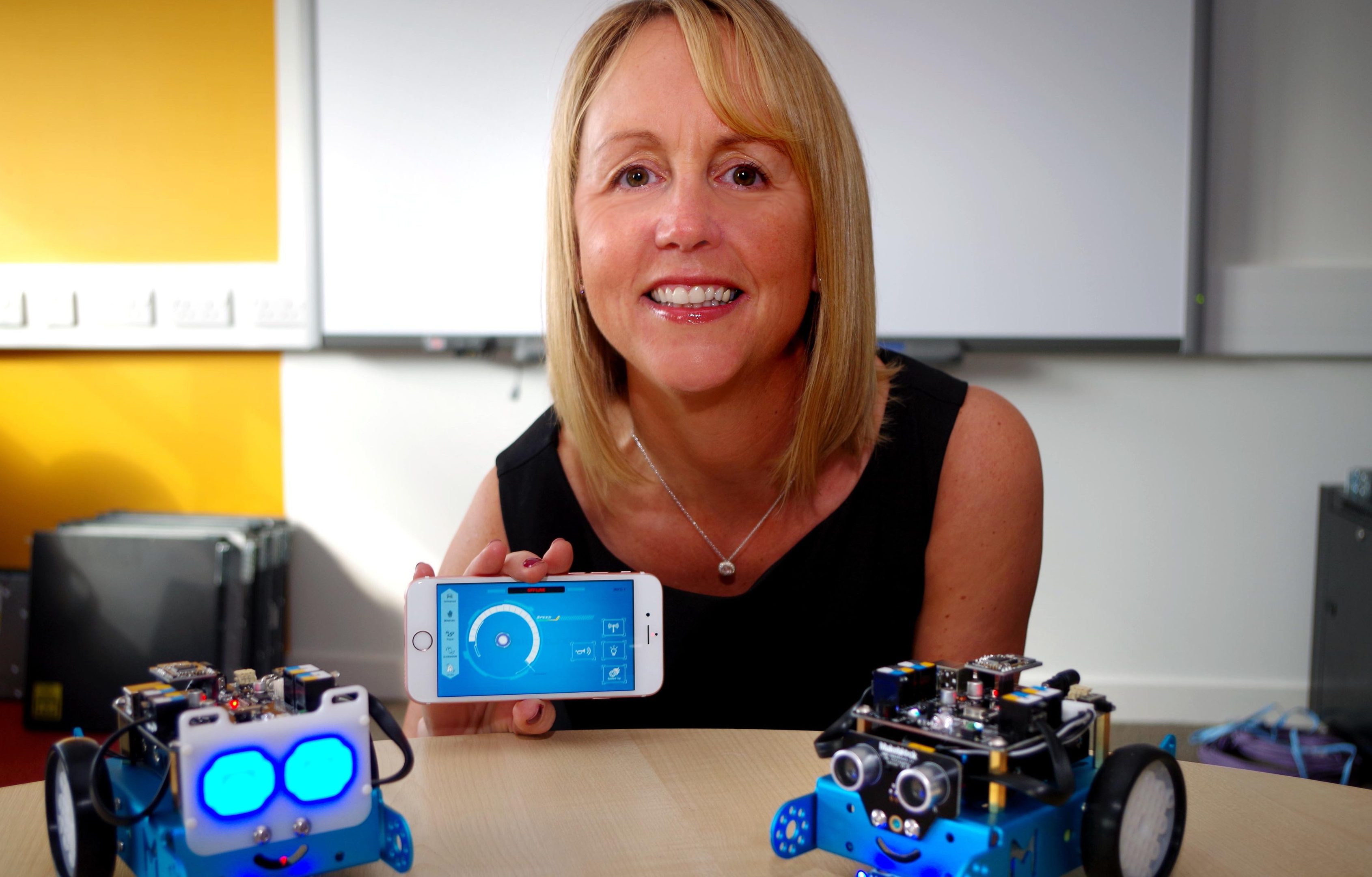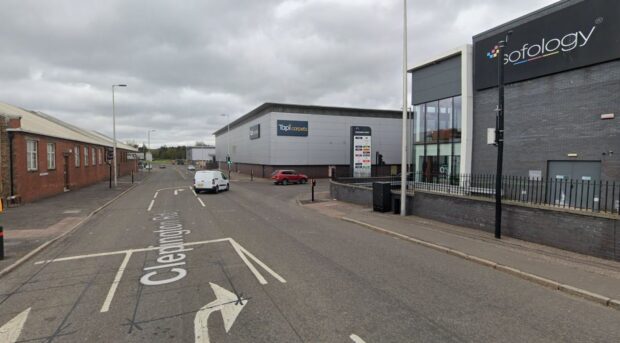Droves of computing graduates taking up lucrative jobs in the private sector is causing a teacher shortage, a Dundee education boss has claimed.
Gillian Mcgovern, head of computing and creative industries at Dundee and Angus College, believes Scotland’s £4 billion digital industry is growing so fast that employers are struggling to continually find suitable staff.
She feels many firms are able to hoover up the nation’s best talent by offering top-end salaries, leading to various sectors including teaching facing recruitment issues.
Gillian revealed: “Published figures estimate as many as 84,000 people are already working in Scotland’s digital technologies but the rapid growth of this £4 billion industry has stretched the supply chain in terms of recruitment with many employers voicing concerns about finding the right people.
“The skills gap is exacerbated with industry high salaries tempting talent away from teaching.
“While the demand for people with software development skills is growing the number of those entering into this area of study is at best stagnating and in some places actually dropping.”
To try to address the problem, D&A College is hosting a series of free coding classes for children and adults.
Children will be given the opportunity to learn about robotics and automation whilst adults can take part in programming classes.
Commenting on the importance of the classes, Gillian said: “It is estimated that the sector will need an extra 11,000 new recruits each year to meet current and future demands and our new Code Academy should help deliver these numbers.”
Officially for young people, September 20 is the date for a coding club at Gardyne Campus involving robotics, making automatons, light up, make sound, play music and move!
The club, aimed at 10-16-year-olds, runs from 6pm till 7.30pm.
Adults keen to learn about computer programming can attend on September 21 between 7:30pm and 9pm.
Designed to encourage people into computer science the first National Coding Week took place in 2014.
D&A College created its Code Academy the following year to help combat a computing skills shortage.
To book on the courses phone the college on 01382 834834.










